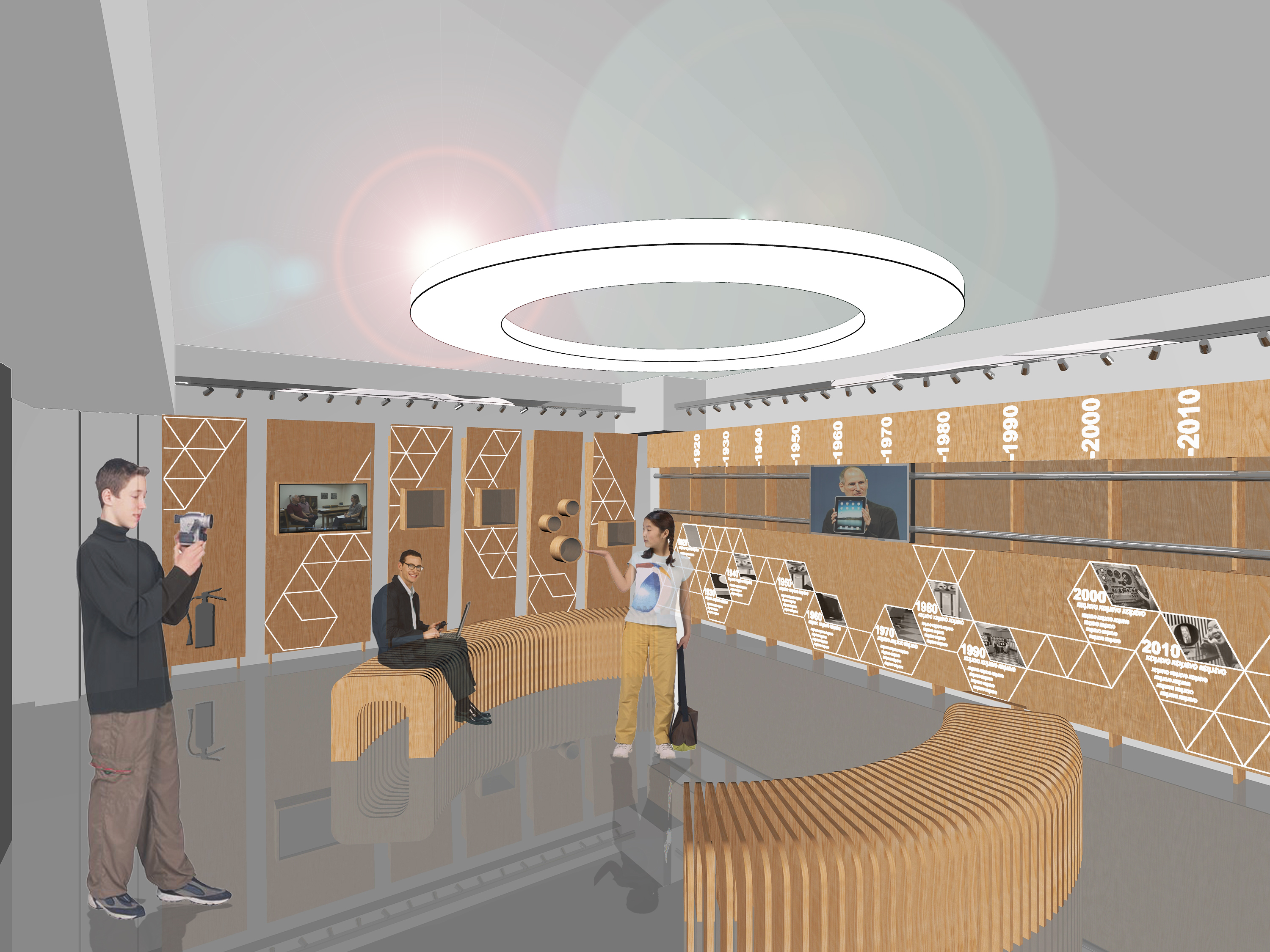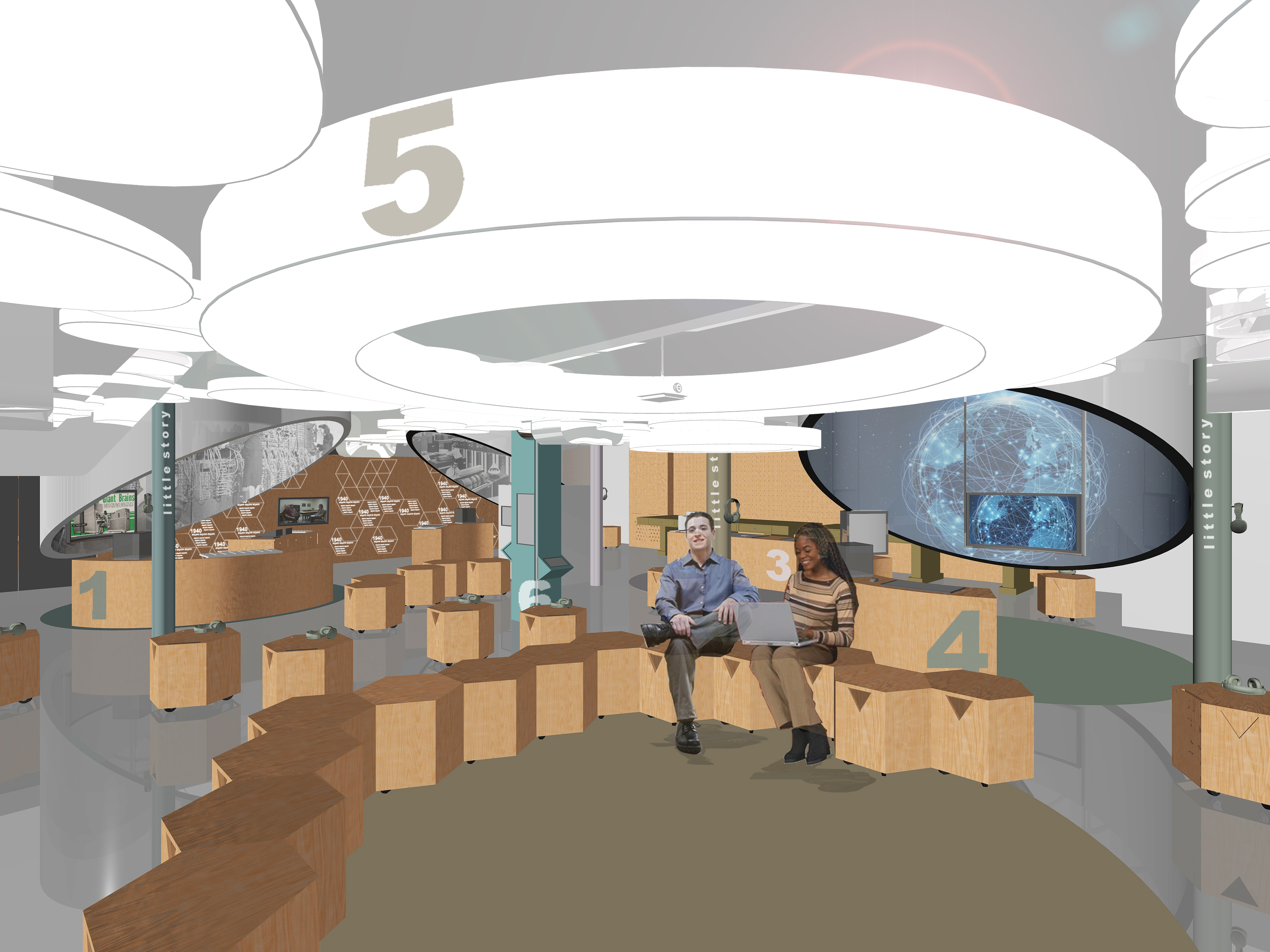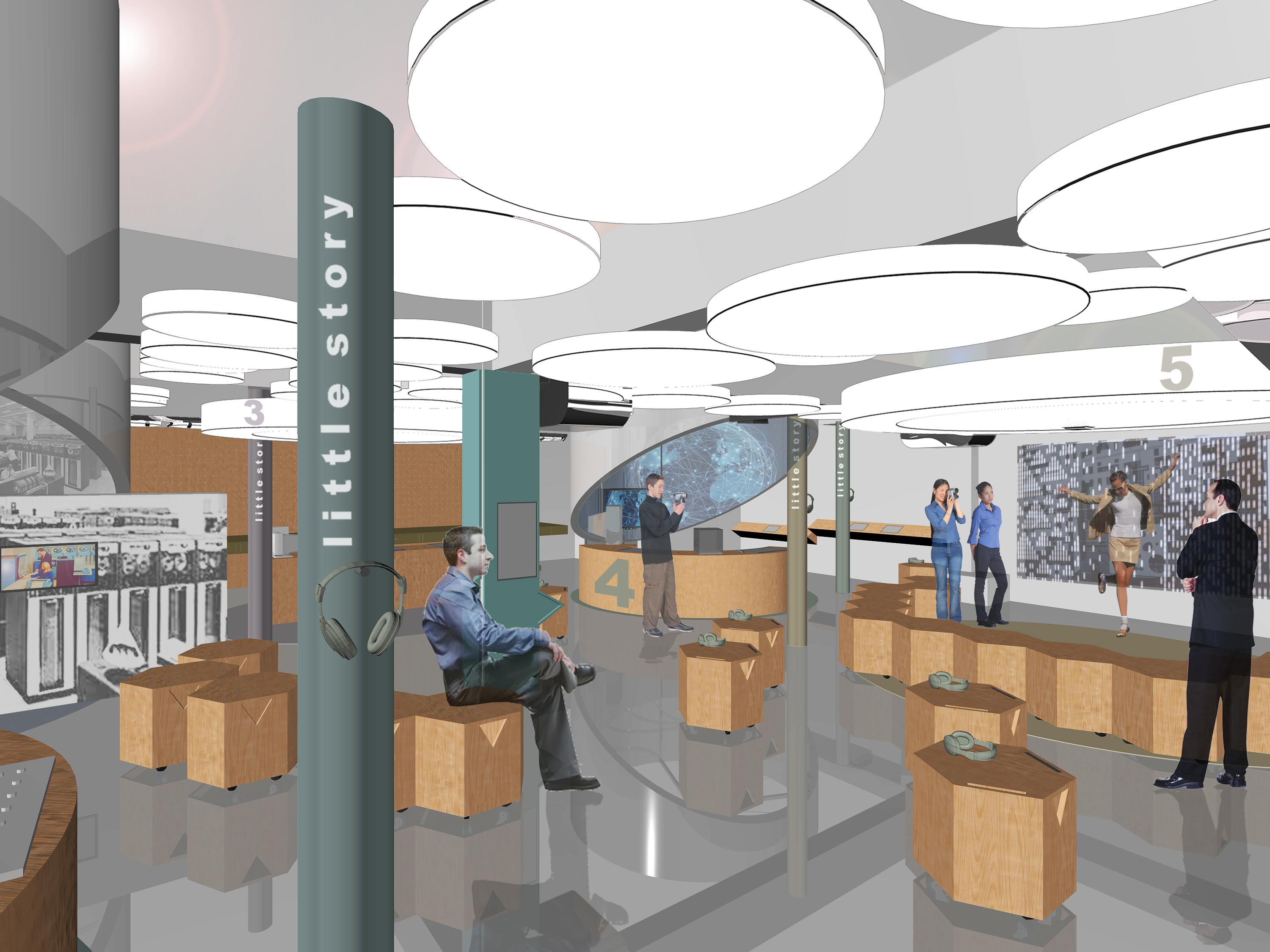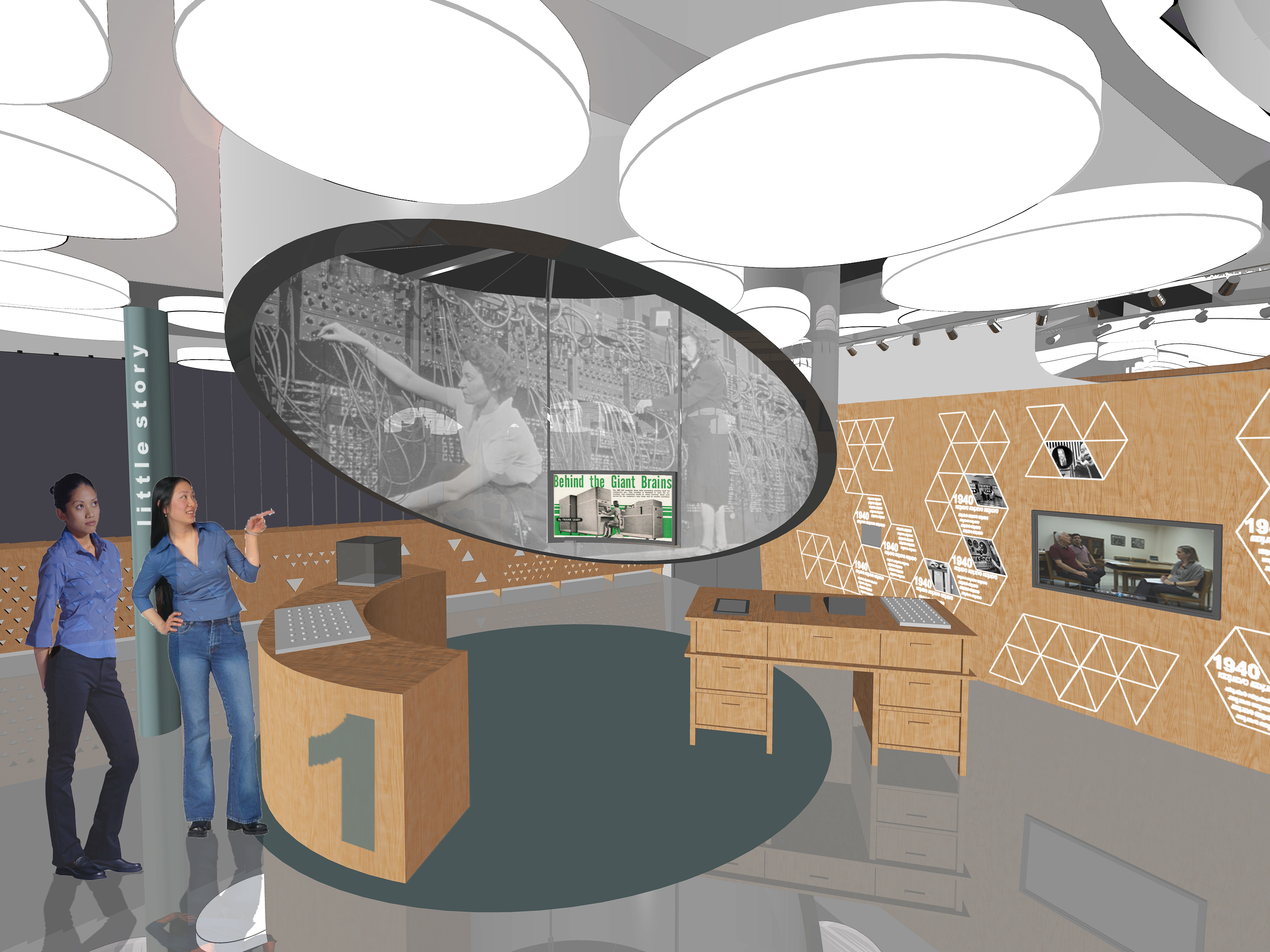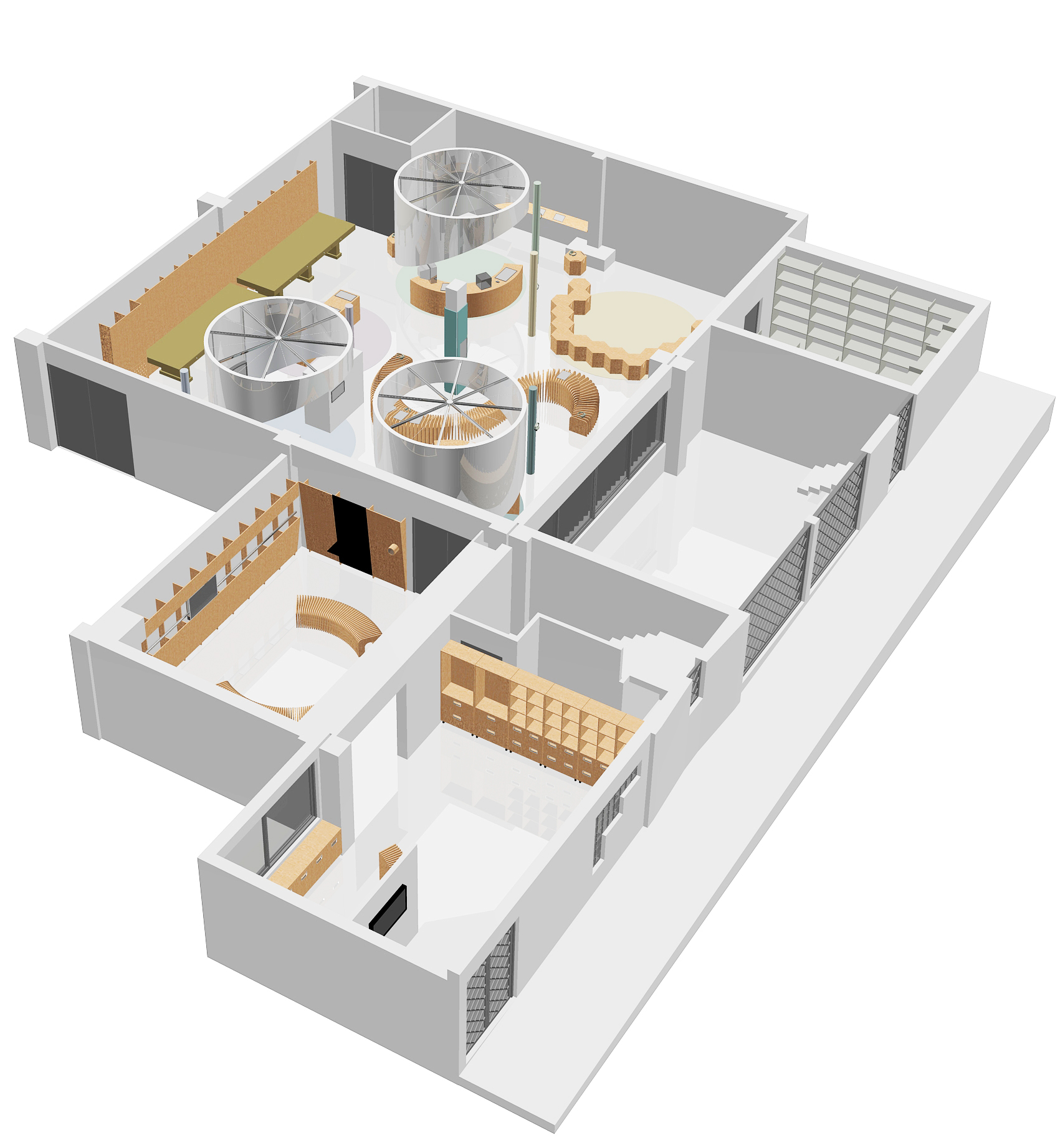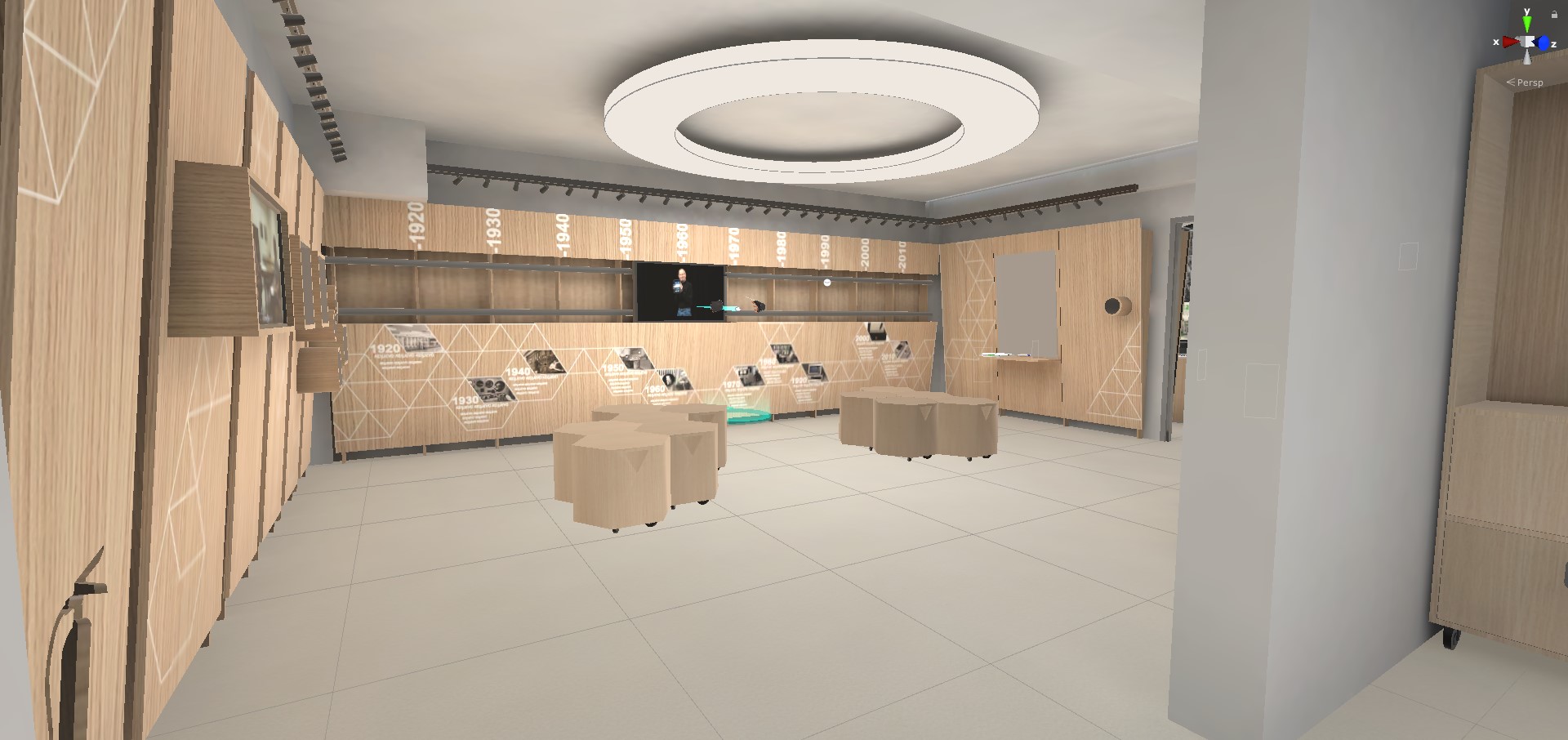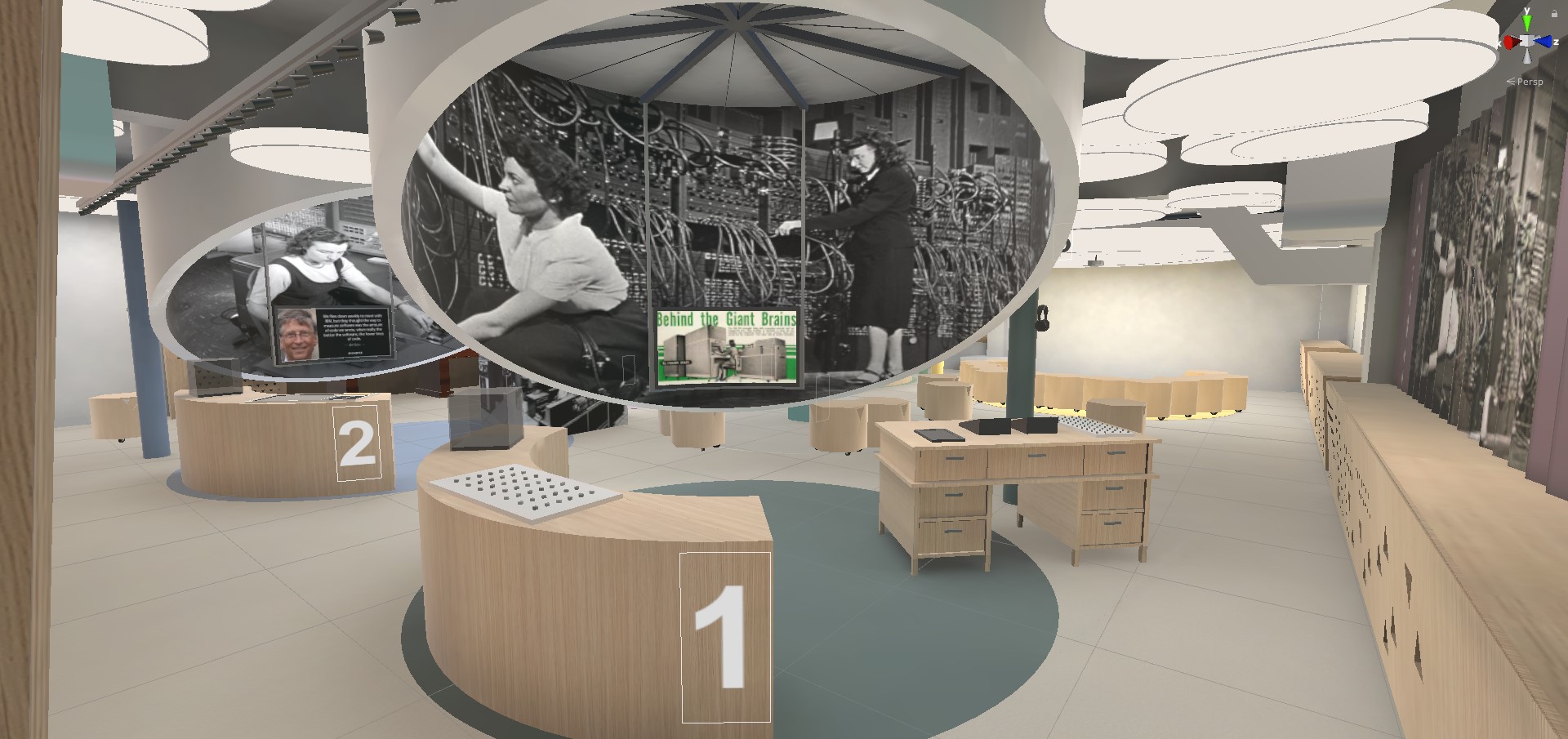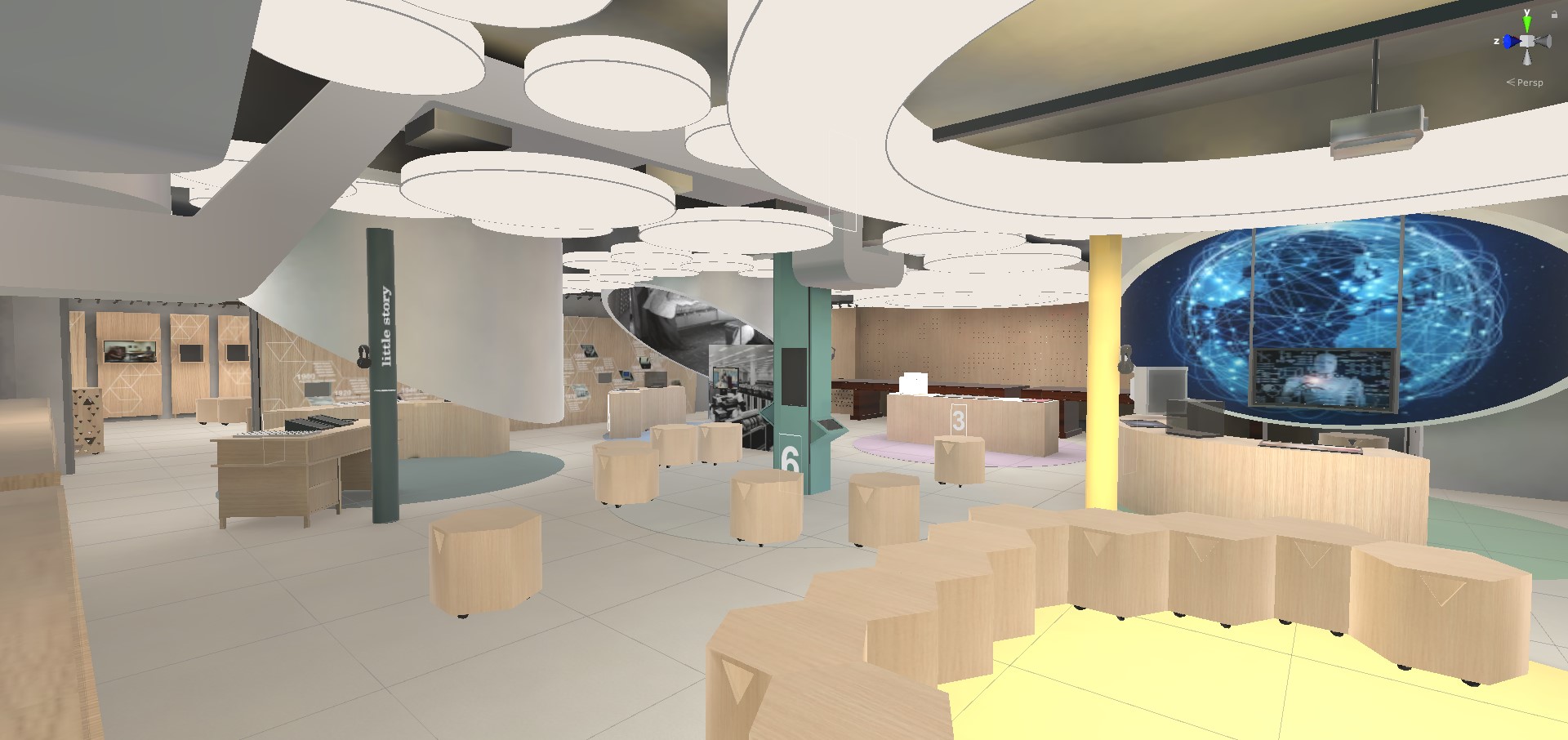Identity
The Museum aspires to become: - a permanent, modern exhibition space, based on current museological practices, which will creatively introduce the public, both through the physical exhibits and digitally, to the world of computational thinking - a creativity beehive ("living lab") which conducts and promotes scientific research at an interdisciplinary level. Specifically, the ITM aims to highlight: - the History of Informatics and Telecommunications in Greece and worldwide, as a center for the preservation, research, and promotion of these scientific fields - the History of the Athens University Department of Informatics and Telecommunications, from 1989, with global distinctions and ample research work, through collecting, safekeeping, preserving, recording, documenting and promoting the Archive, the Collections, and the Department's research and educational activities in every area of Informatics and Telecommunications - the progression course of Informatics as a science and its significant role in the various aspects of our lives, contributing to the society's familiarization with Informatics and digital literacy.
History
The Informatics and Telecommunications Museum (ITM) of the National and Kapodistrian University of Athens was founded recently, and it is under development. The reason was the need to supplement the list of University Museums of the University of Athens in order to fill the gap in a scientific field that is by definition at the core of international scientific developments. The ITM is housed in the under the same-name Department of Informatics and Telecommunications of the University of Athens. With a history starting in 1989, with international distinctions and ample research work, the Department has gathered material and intangible property that it intends to share with its scientific community and the general public. The establishment of a modern Museum at the Department of Informatics and Telecommunications of the University of Athens is an innovation by Greek standards. The significant educational and research infrastructure of the Department of Informatics and Telecommunications, combined with the fact that only two organized museums with relevant subjects currently exist in Greece, contribute to ITM's role as a pillar of research, education, and dialogue in these scientific fields. At the same time, it is an opportunity to attract a young crowd to a scientific field of great global demand and in need of further development in our country, utilize the Archive and the Collections of the Department and emphasize the Department's contributions to science. In 2020, the Museum's museological and architectural study was carried out. The study describes the ITM's museological and museographical rationale, defines its scope and objectives, proposes the content of its report, and specifies the next steps for its implementation. The goal is to create a comprehensive Museum, which will be the "shell" of a dynamic exhibition, with the ability to expand continuously, to highlight the contribution of both faculty members of the Department and its students and adjust, maintaining an ongoing dialogue with the international developments in the fields of Informatics and Telecommunications.
Types of audiences
The Museum's target groups are • The Department's community (students, researchers) at the University of Athens • The university student, primary and secondary student and the researchers’ community, in general, • Expert visitors (e.g., professionals in the field of Informatics and Telecommunications) • The general public.
Collections & Exhibits
The ITM is under development. Within the framework of the museological study, the exhibitions of the Museum will concern the History of Informatics and Telecommunications and the History of the Department of the same name. The exhibitions will address the primary uses of these scientific fields over time, starting in the 40s and concluding with laying the foundations for future developments. Alongside presenting the global developments in the two scientific fields, the stand and contribution of the Department of Informatics and Telecommunications of the University of Athens will be presented during the narrative. The Museum consists of 4 main halls corresponding to the Entrance of the Museum, the exhibition's introduction, the hall with the main exhibition units, and the public-accessed part of the Museum's Archive. Specifically, the Museum's collection consists of different types of computers, peripherals and storage devices, telecommunication systems, as well as visual material and printed, photographic, and video documents intended to showcase the following: - The Timeline of computational thinking, which will depict the History of Informatics and Telecommunications at a global level - The logarithmic rule, as a precursor of computers, aiming to introduce visitors to the concept of computational thinking - Unit 1: The mathematical computer (40s-50s) - Unit 2: The business computer (50s-60s and into 70s) - Unit 3: The home computer (80s) - Unit 4: The web computer (90s) - Unit 5: The creative computer (00s) - Module 6: The ubiquitous computer (10s).
Events & Activities
The Informatics and Telecommunications Museum (ITM) of Athens's National and Kapodistrian University is under development. However, per the Museum's objectives, a series of events have been planned, in addition to the permanent exhibition. These are: - Periodic exhibitions (photography, sculpture, special tributes, etc.) inspired by technological issues - Synergies with respective Museums and organizations in Greece and abroad - Implementation of educational and research programs - Organizing lectures, symposia, and workshops – Publishing printed /electronic journals – Museum Shop.
Accessibility
The Museological and Architectural Study of the Informatics and Telecommunications Museum (ITM) of the University of Athens provides accessibility to physically challenged people. In the design program, the following have been addressed: - Installing a ramp at the Museum's entrance - Restrooms for physically challenged people - Installing free-standing exhibits and display cases at a height suitable for viewing by people with difficulties - Ensuring the free movement of wheelchairs with the appropriate width of the corridors between the display cases and other exhibitions - Rest areas or benches - Useful signs that can be read by people with visual difficulties, with proper emphasis on the typeface, color and size of the letters, the height - Special educational programs and explanatory means addressed to particular groups of visitors - Training the staff to attend to the needs of physically challenged people.
Terms of Operation
The opening days and hours of the Informatics and Telecommunications Museum will be determined according to the needs that will arise.
Director:Maria Roussou, Assistant Professor, Department of Informatics and Telecommunications.
Decision of Establishment
Government Gazette 3473 (13/9/2019)

